Measuring what Matters
By Seán Mullan
(From the July - September 2020 issue of VOX)
“Church is a matter of ABC,” he said confidently. I looked at him, puzzled, which is what he intended. “Attendance, building and collection,” he said, smiling.
Cynicism? Humour? Or a simple statement of what he believed? I never found out. But the words of that church leader resurfaced in my head when Covid-19 set church attendance counts to zero, closed all church buildings and reduced collections to what was coming electronically and what was being hidden under the mattress for the day when dues could again be paid.
And what now? As churches hit restart, re-close is still a threat that packs a punch. So before all church measurement gauges are reset to start counting again it might be the moment to consider what’s worth measuring. What should churches measure?
What matters for churches, be it the local congregation, or the denomination is what should be measured. Are attendance, buildings and collections the key issues? If they are then two success stories spring to mind. I’m thinking of the Catholic Church of the Ireland I grew up in and the Evangelical/Pentecostal churches of that part of the USA that is commonly known as the Bible Belt.
Back in the days when tweeting was for birds and phones came with wires attached, the Catholic Church in Ireland scored almost off the scale on attendance, buildings and collections. 94% of the population identified as Catholic and the weekly turnout was somewhere north of 80%. The buildings that stood tall in every village, town and city parish probably represented the largest property portfolio in the nation. And the collections? Even in hard times there seemed to be adequate cash in church coffers.
Apply the same measures to “gospel preaching” churches of the US Bible Belt and you get similarly impressive results. One local church in Houston boasts a weekly attendance of over 40,000 people. Most cities of the Bible Belt have a selection of church buildings that look like concert venues, the Point on steroids, running multiple services each weekend and pastors with the status of rock stars. And the collections? Adequate is understatement.
But those measurements don’t tell a full story. Underneath the shine of success lies a darker story. In the Ireland of that era many of the most vulnerable and weak were brutally abused and then silenced by a church overloaded with power and prestige. Attempts to expose that abuse were met with an orchestrated cover up that protected the prestige of the institution at the expense of the wounded.
There is also a darker side to the Bible Belt story. During the same period that these churches grew in influence and fame, laws were enacted and enforced to create a “justice” system that per-capita imprisons more adults, and more children than any country on earth. One tale might show what this means. In Florida in 1990 a 13-year-old homeless boy who had used a gun in a robbery was tried as an adult. Having pleaded guilty he was sentenced to life imprisonment without parole. Imprisoned in an adult prison he spent the next 18 years in solitary confinement. No prizes for guessing his racial background. This is not an isolated incident. There are many such stories and race plays a huge part in many of them.
Unlike the Irish situation, the churches are not directly responsible for the injustice. But it is highly likely that many of those involved in creating and maintaining this system are signed up members of Bible-believing gospel preaching churches. And, unlike Ireland, these things have not been done in secret. No one can say, “We didn’t know.” It is all in the public arena.
What matters enough to measure? Instead of ABC the prophet Micah suggests JMH. Justice, mercy and humility. Harder to measure but worth a lot more.
“Without prompting he began telling me about the effect of this little church on their community.”
I recently met a friend who leads a small community church in a challenging part of Dublin. A local community organiser who has been working on social action in that community for years interrupted our chat. Without prompting he began telling me about the effect of this little church on their community, how they had helped change their approach to community action, becoming less confrontational and more relational and how that had delivered very significant change. “I’m not religious at all,” he said “but I have the feeling there is a shield over us, that we are being protected.”
This church would be crowded if 50 people turned up. They have no building and, I’m guessing, a small income. My friend won’t headline any conferences or feature in any books. But they measure what really matters.

